Many people have no associations hearing the word 'Myanmar'. The great surprise turns out to be a country! Its old name is Burma and although the term has not been used for a long time (its official name is the Republic of the Union of Myanmar), by foreign governments, as well as citizens of other countries of the world, this country is still called Burma. It's a fascinating place where time seems to have stopped and where it's worth going on vacation! What can you expect? What is this wonderful country famous for and where exactly is Myanmar?
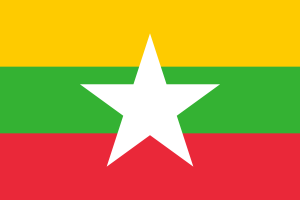
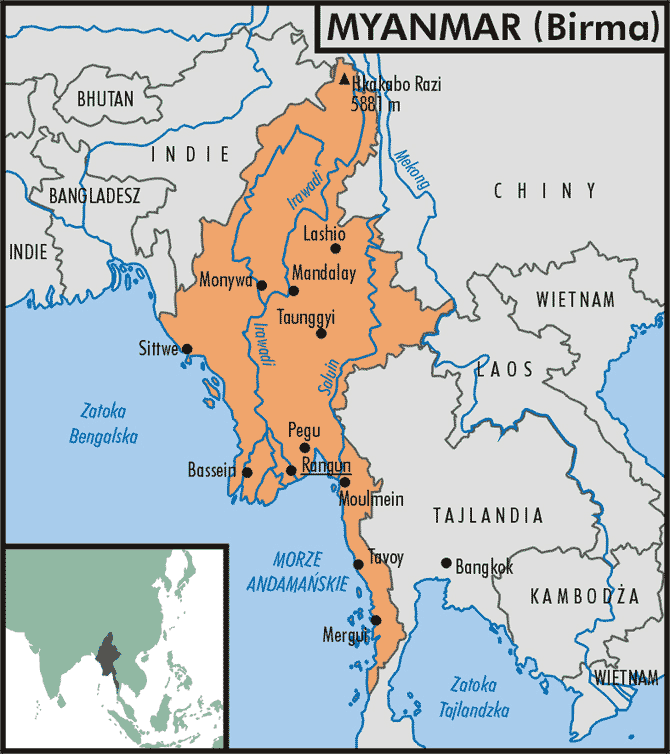
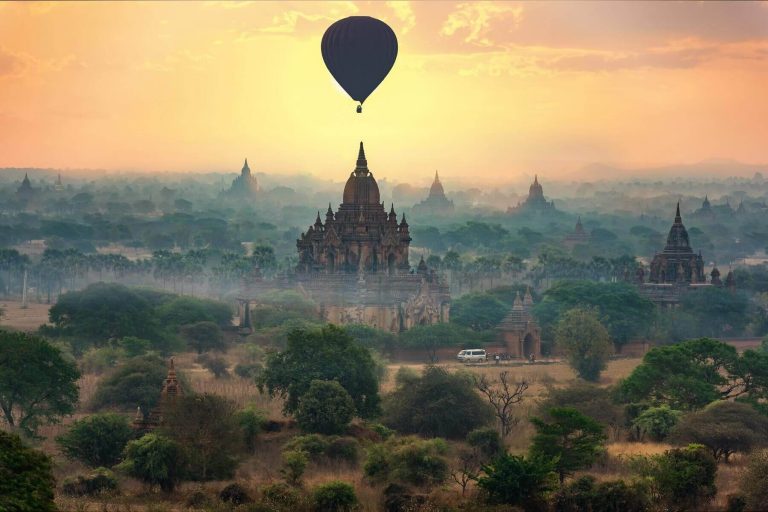
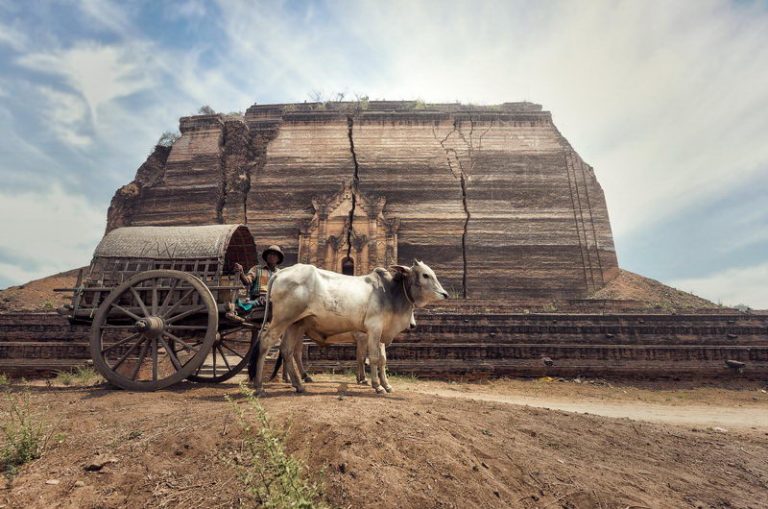
Nasza wiedza na temat Mjanmy sięga II tysiąclecia p.n.e., kiedy to pierwsze plemiona zakładały własne państewka. W wyniku napływu birmańskich i tybetańskich plemion, około IX wieku powstało państwo Pagan, które przetrwało do XIII w. Na jego miejscu wyrosły Taungu i Awa, które zjednoczył król Alaungpaj. Pierwsza połowa XIX w. to początek czasów kolonizacji brytyjskiej, zakończonej włączeniem Birmy do Imperium Brytyjskiego w 1885 r. (jako część Indii).
Tendencje niepodległościowe znacząco nasiliły się po I wojnie światowej, a powstanie antybrytyjskie datuje się na lata 1930–1932. Po kilku latach Wielka Brytania przekształca Birmę w samodzielną kolonię z własnym parlamentem i rządem. Podczas II wojny światowej kraj trafia pod okupację japońską, z którą zaczyna walczyć tuż po wojnie. Walcząc zbrojnie o niepodległość, Birma uzyskuje ją w 1948 r. poprzez uznanie przez Wielką Brytanię niezależności kraju.
Stabilizacja nie trwała długo – już w 1962 r. pierwszy premier, gen. Ne Win, przeprowadził wojskowy zamach stanu, wprowadzając autorytarny system władzy i przemiany socjalistyczne. W 1974 r. ogłoszono nową konstytucję, sankcjonującą monopartyjny system rządów oraz przyjęcie nazwy Socjalistyczna Republika Związku Birmańskiego.
Po 26 latach nastąpił kolejny zamach stanu i władzę przejęła Rada Przywrócenia Ładu i Porządku z gen. Saw Maungiem na czele. Rozpoczyna się najnowsza historia Związku Mjanmy (od 1989 r.). Po zwycięstwie w wyborach Narodowej Ligi na rzecz Demokracji, założonej przez Aung San Suu Kyi (80% mandatów), władza wojskowa nie przekazuje rządów opozycji. W kolejnych latach narasta ruch oporu mniejszości etnicznych domagających się autonomii. Polityka junty, mimo zmian personalnych, pozostaje niezmienna.
W 2005 r. stolicę przeniesiono do nowego miasta Naypyidaw, a trzy lata później kraj nawiedził cyklon Nargis, który pochłonął ponad 130 tys. ofiar. Od 2010 r., pod wpływem sankcji międzynarodowych, Mjanma zaczęła się stopniowo liberalizować, otwierając na świat i turystykę.
WSPÓŁCZESNA MJANMA
W 2011 r. władzę objął rząd cywilny wspierany przez armię, co rozpoczęło okres stopniowych reform i częściowego otwarcia kraju. W 2015 r. odbyły się pierwsze od dziesięcioleci wolne wybory, w których zwyciężyła Narodowa Liga na rzecz Demokracji kierowana przez Aung San Suu Kyi. Zwycięstwo to wzbudziło wśród mieszkańców Mjanmy nadzieję na trwałe zmiany i demokratyzację kraju.
Mimo widocznych reform gospodarczych i rosnącego zainteresowania zagranicznych inwestorów, Mjanma wciąż zmagała się z konfliktami etnicznymi. W 2017 roku w stanie Rakhine doszło do masowych starć między armią a muzułmańską mniejszością Rohingya. W wyniku działań wojskowych setki tysięcy osób zostały zmuszone do ucieczki z kraju, głównie do sąsiedniego Bangladeszu. Wydarzenia te wywołały szeroką reakcję społeczności międzynarodowej i stały się jednym z największych kryzysów humanitarnych w regionie.
W lutym 2021 r. armia ponownie przejęła władzę, obalając demokratyczny rząd. Kraj pogrążył się w chaosie politycznym i gospodarczym, a masowe protesty zostały brutalnie stłumione. Aung San Suu Kyi ponownie trafiła do aresztu, a walki pomiędzy armią a oddziałami oporu trwają do dziś, obejmując coraz większe obszary kraju.
Pomimo trudnej sytuacji wewnętrznej, Mjanma pozostaje miejscem o niezwykłym bogactwie kultury, przyrody i duchowości. Mieszkańcy wciąż z nadzieją oczekują dnia, w którym kraj ponownie otworzy się na świat i turystów.
W Mjanmie spotkasz niezwykłą różnorodność religijną – obok siebie żyją buddyści, chrześcijanie, muzułmanie, hindusi oraz liczne mniejszości etniczne, które wciąż kultywują dawne wierzenia animistyczne i kult duchów (nats).
Niezmiennie jednak od wieków dominującą religią pozostaje buddyzm therawadyjski, wyznawany przez około 90% społeczeństwa. To właśnie on ma ogromny wpływ na codzienne życie, kulturę i tradycje Birmańczyków.
W całym kraju można podziwiać złote pagody, stupy i świątynie, które stały się symbolami Mjanmy – od majestatycznej Shwedagon Paya w Rangunie, po tysiące ruin świątyń w Baganie, które do dziś zachwycają pielgrzymów i podróżników z całego świata.
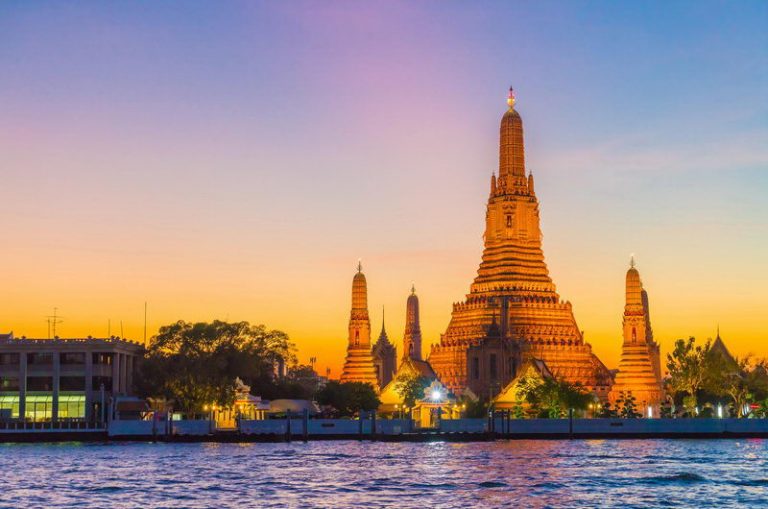
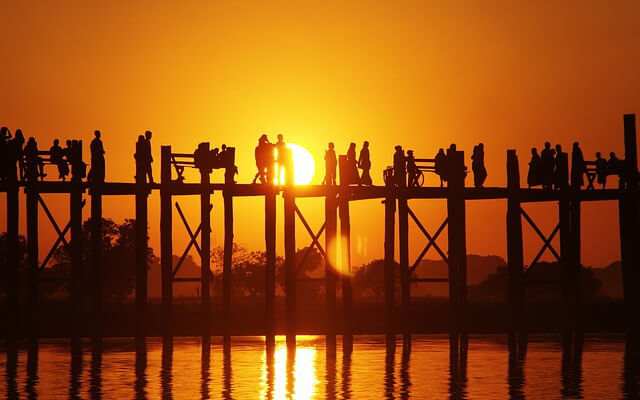
Mjanma ma klimat monsunowy, co oznacza wyraźny podział na dwie główne pory roku – suchą i deszczową.
Od maja do października trwa pora deszczowa, gdy południowo-zachodni monsun przynosi intensywne opady, zwłaszcza w rejonach przybrzeżnych.
Od listopada do kwietnia panuje pora sucha, z ciepłą, słoneczną pogodą – to najlepszy czas na podróż po kraju.
Warto jednak pamiętać, że klimat różni się w zależności od regionu: w górach na północy jest chłodniej, a na południu – bardziej wilgotno i tropikalnie.
Jeśli planujesz zwiedzanie Baganu, Mandalaju czy Jeziora Inle, idealny będzie okres od listopada do lutego, natomiast nadmorskie plaże najlepiej odwiedzić między grudniem a marcem.
Kuchnia Mjanmy jest – jak większość kuchni Azji Południowo-Wschodniej – różnorodna, aromatyczna i pełna przypraw. Jej podstawą są ryż i makarony ryżowe, które podaje się niemal do każdego posiłku. Niezastąpionymi składnikami są także sos rybny i ngapi – aromatyczna pasta z fermentowanych ryb lub krewetek, nadająca potrawom charakterystyczny smak.
Birmańczycy rozróżniają kilka rodzajów makaronu: gruby nangyi, cieńszy nantay, szeroki nanpya oraz bardzo cienki nanthay. Na południu dominują owoce morza, w centrum i na północy – drób oraz wieprzowina, a niemal wszędzie można spróbować tamin kyaw, czyli smażonego ryżu, który jest jednym z najpopularniejszych dań ulicznych.
Kuchnia Mjanmy słynie także z świeżych warzyw, ziół i owoców tropikalnych – wśród nich szczególne miejsce zajmuje mango, uznawane za narodowy przysmak. W wielu regionach nadal spotyka się wpływy sąsiednich kuchni: tajskiej, indyjskiej i chińskiej, co czyni birmańskie jedzenie niezwykle zróżnicowanym i wartym odkrycia podczas podróży.

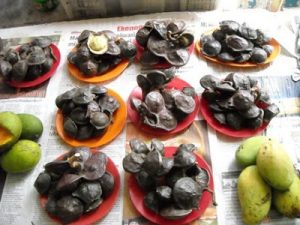
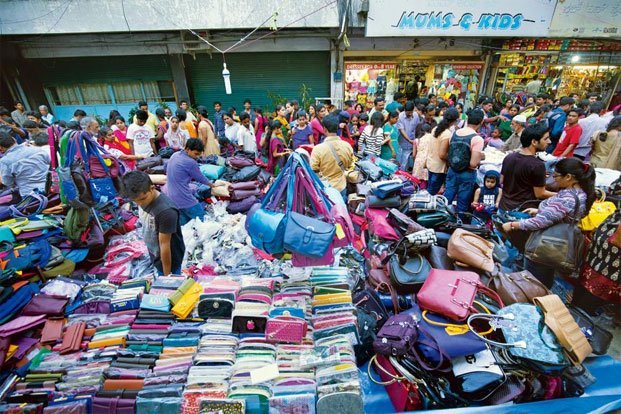
Często pytacie nas, co warto przywieźć znajomym z Mjanmy – dlatego przygotowaliśmy kilka sprawdzonych pomysłów!
W całym kraju znajdziesz piękne rękodzieło: rzeźbione w drewnie figurki Buddy, lakierowane szkatułki z Baganu, misterną ceramikę z okolic Mandalaju czy ręcznie tkane tkaniny z Inle Lake. Popularne są też tradycyjne longyi – kolorowe spódnice noszone przez kobiety i mężczyzn, które stanowią świetną i praktyczną pamiątkę.
Warto również zwrócić uwagę na lokalne przyprawy, herbatę oraz kawę z górskich plantacji, a dla koneserów – miejskie alkohole i wina z regionu Taunggyi, które zdobywają coraz większe uznanie w Azji.
Na targach i przyświątynnych kramach kupisz także drobiazgi z naturalnych materiałów, jak biżuteria z jadeitu czy ręcznie zdobione wachlarze i parasolki z papieru Shan. Wszystkie te przedmioty są nie tylko piękne, ale też wspierają lokalnych rzemieślników.
Komunikacja publiczna w Mjanmie opiera się głównie na autobusach, pociągach, taksówkach oraz lokalnych samochodach typu songthaew – czyli ciężarówkach lub minibusach z ławeczkami z tyłu, dzielonych z innymi pasażerami. To najtańszy sposób podróżowania na krótszych trasach. Taksówki są powszechnie dostępne, również na dłuższych dystansach, ale zazwyczaj droższe niż wspólne przejazdy.
W miastach kursują busy i minivany prywatnych przewoźników, które często nie mają stałych rozkładów jazdy – odjeżdżają dopiero, gdy zapełnią się pasażerami. Warto więc podchodzić do planowania z elastycznością i odrobiną cierpliwości.
Podróż koleją po Mjanmie to wyjątkowe przeżycie – pozwala poznać codzienne życie mieszkańców i podziwiać malownicze krajobrazy. W pociągach dostępne są różne klasy miejsc:
Choć podróże bywają długie i nie zawsze komfortowe, mają niepowtarzalny urok i pozwalają zobaczyć Mjanmę z zupełnie innej perspektywy.

Burma (Myanmar) attracts tourists from all over the world with the unique charm of old temples, as if time stopped there a few centuries ago. Worth seeing there:

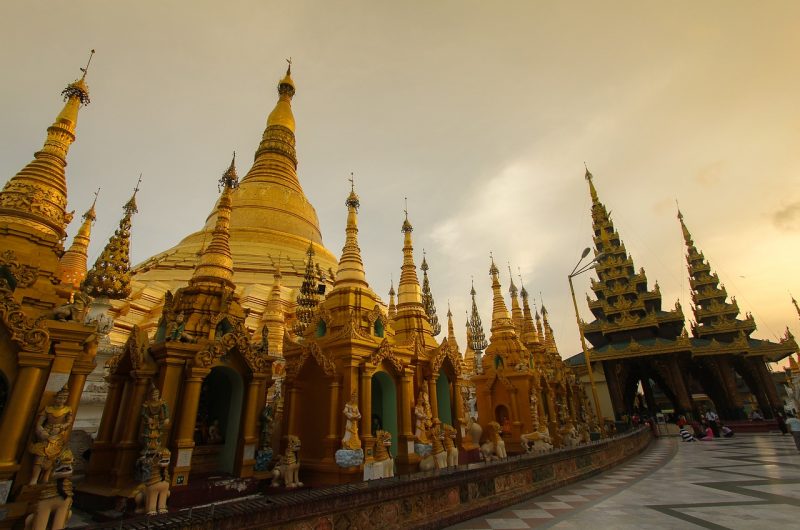
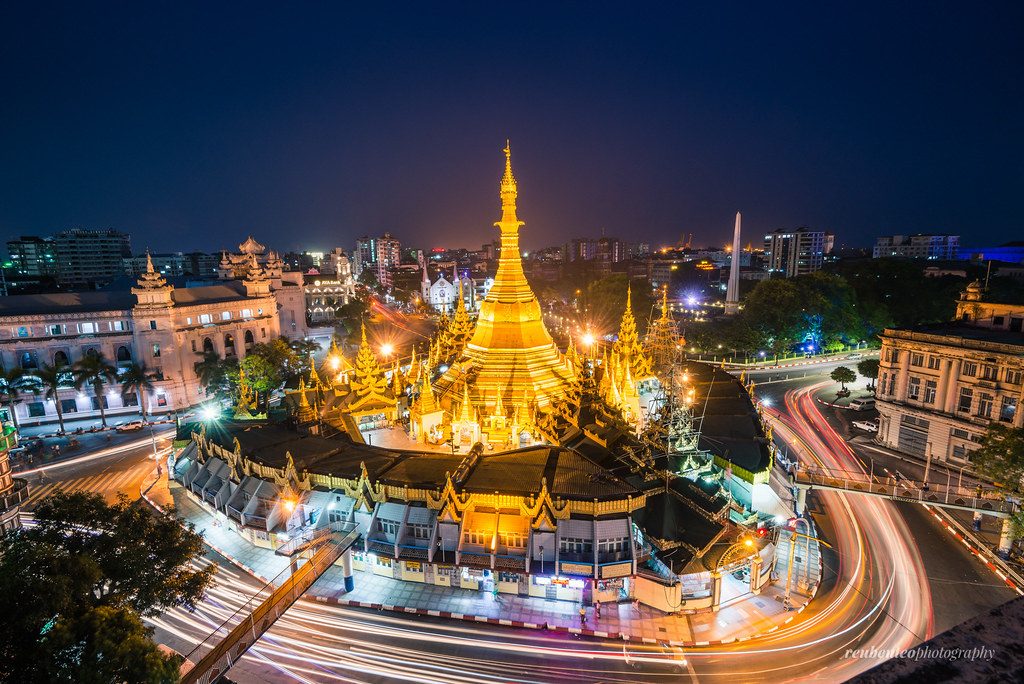
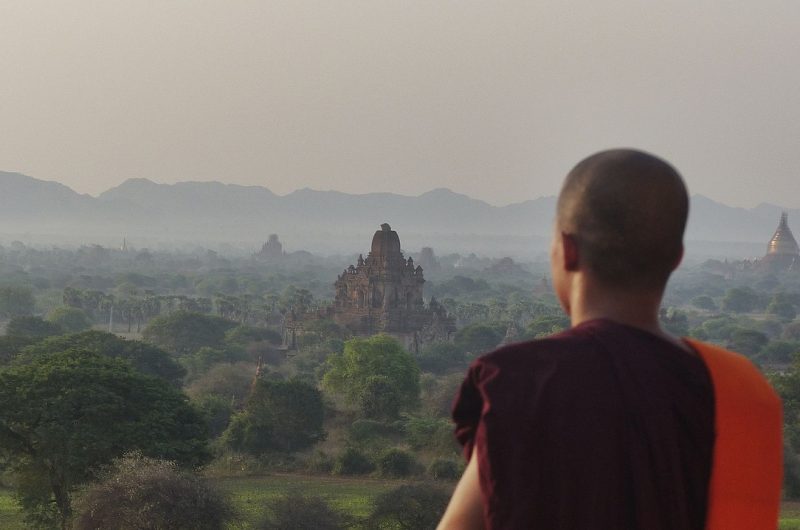
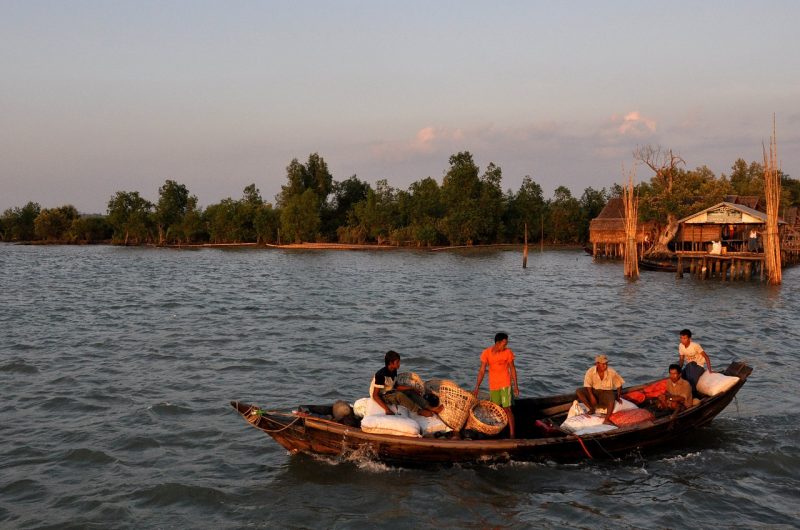
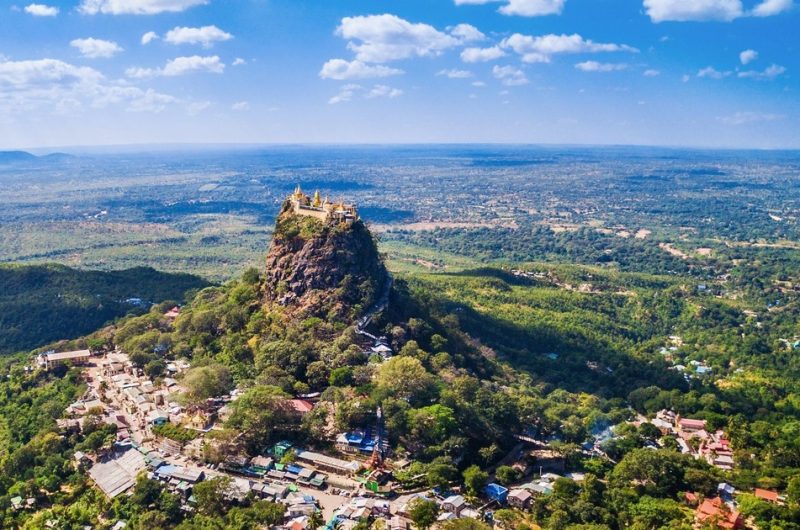

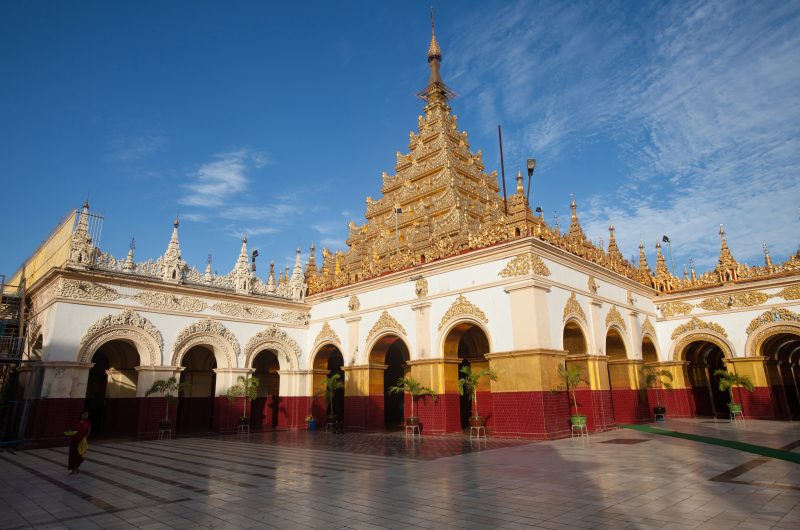
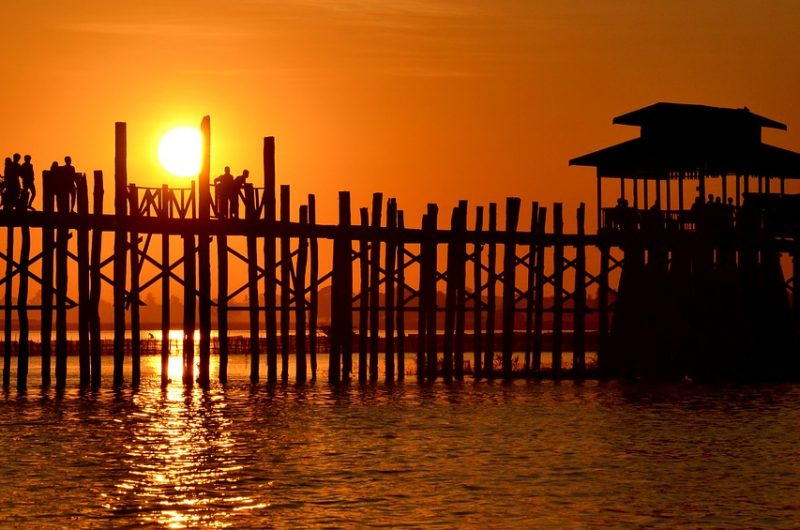
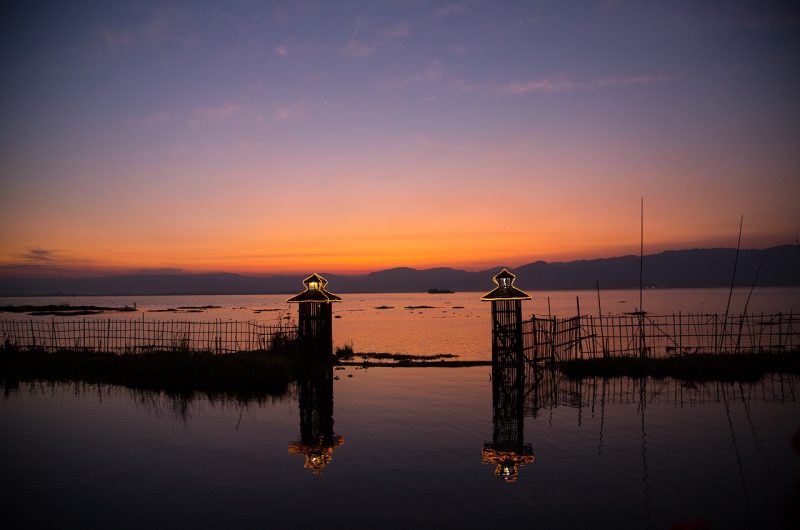
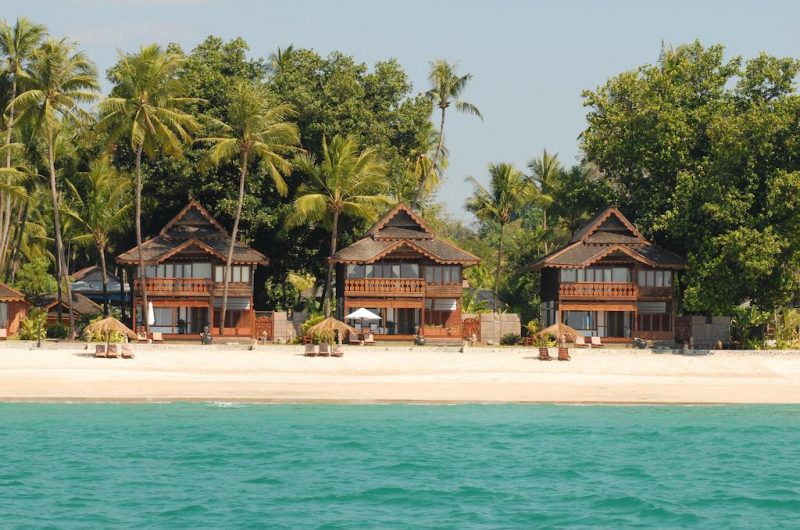

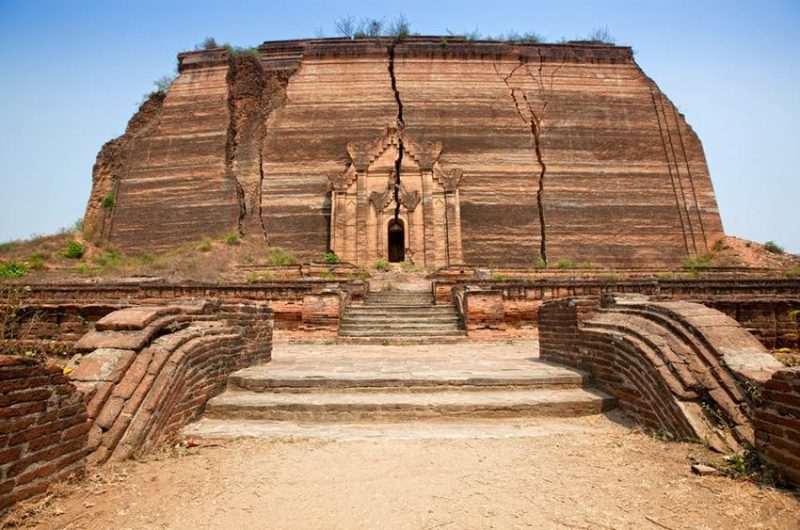

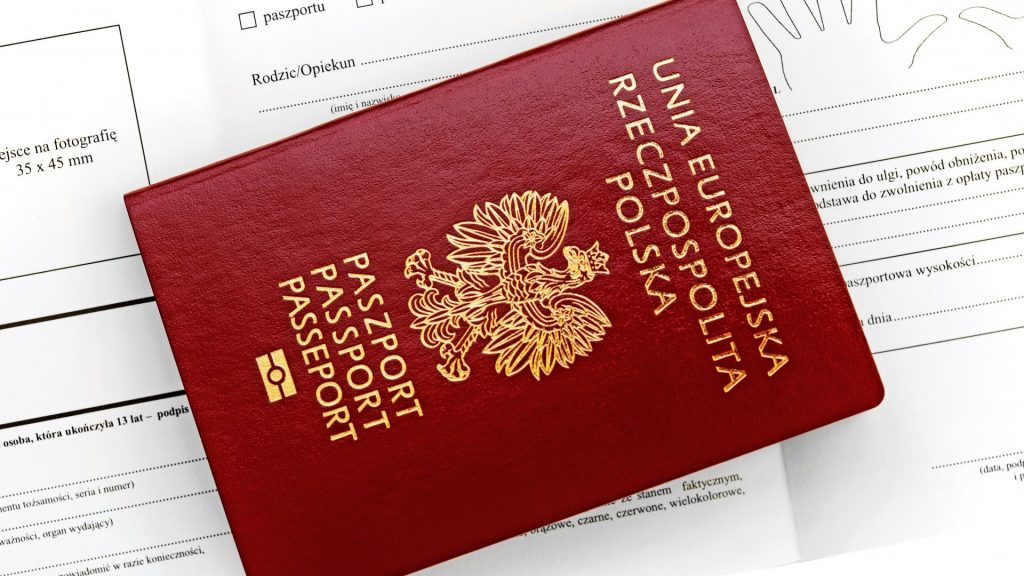
A visa to Burma, like to other countries, can be obtained in several ways, which we described HERE.
At the outset, we emphasize that we always suggest contacting a travel medicine doctor before traveling to exotic places and adjusting vaccinations to the current state of health and situation in a given country.
When entering Myanmar (Burma), no mandatory vaccinations are required, and information on current threats and recommendations can be found on the Polish website Ministry of Foreign Affairs .

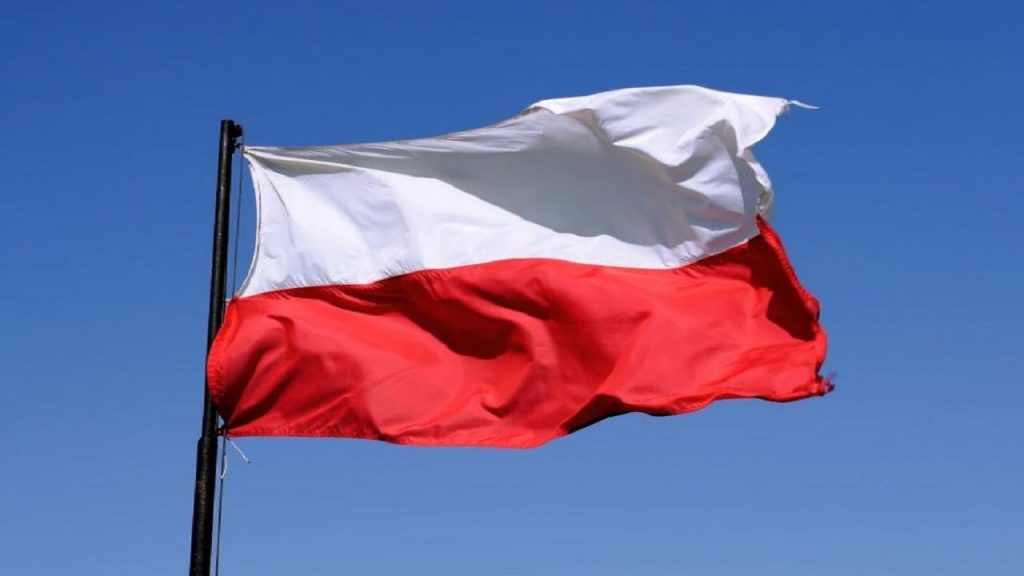
The nearest Polish Embassy is in Bangkok:
Ambasada Rzeczpospolitej Polskiej w Bangkoku
Unit 605-607, 6th Floor, Athenee Tower,
Wireless Road, Lumpini, Pathumwan
Telefon: +66 (2) 079 7300
Adres e-mail: [email protected] lub [email protected]
Adres strony www: http://bangkok.msz.gov.pl/pl
All content is protected by law. Use, copy or duplicate only with the consent of the website owner.
Copying content is subject to a handling fee.
2025 Polviet Travel